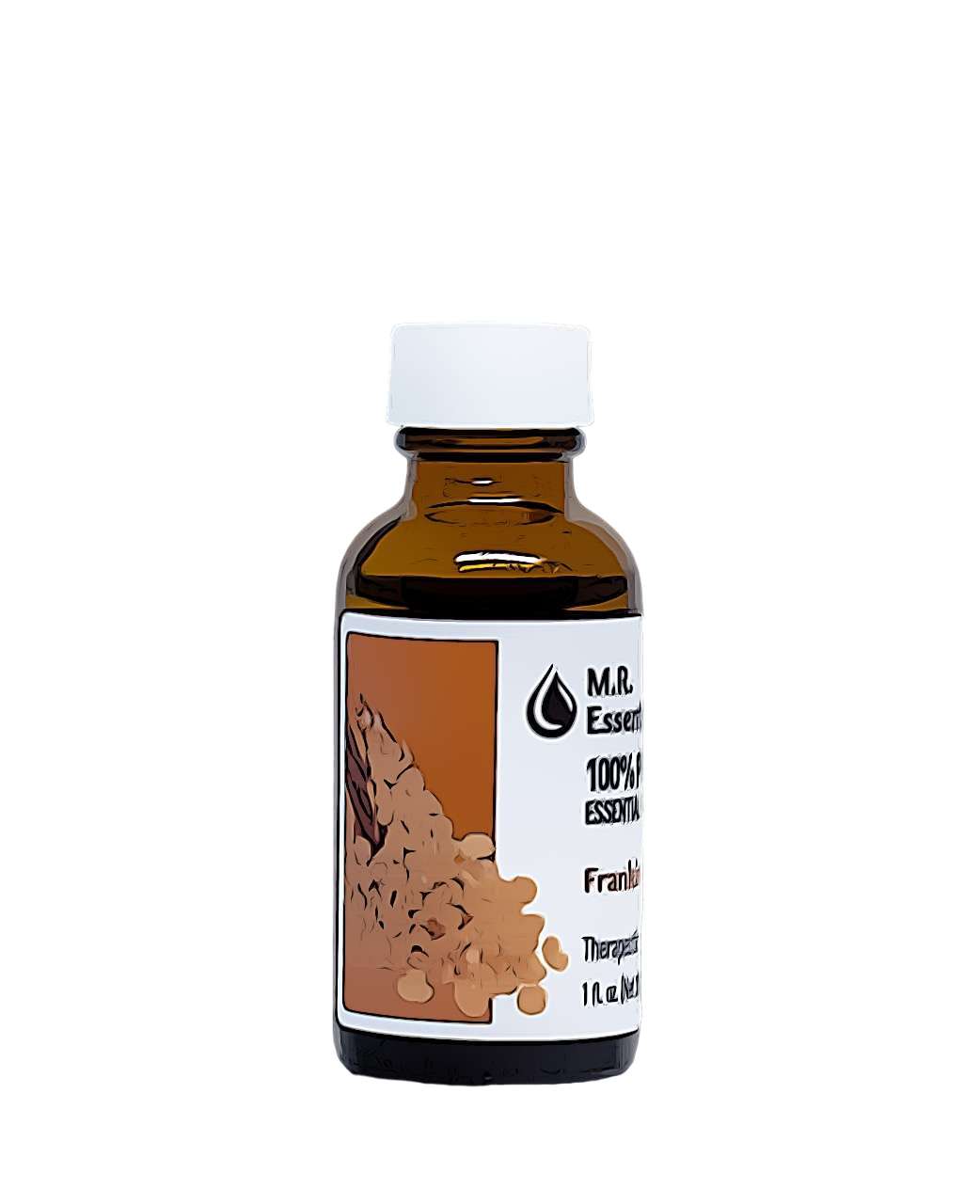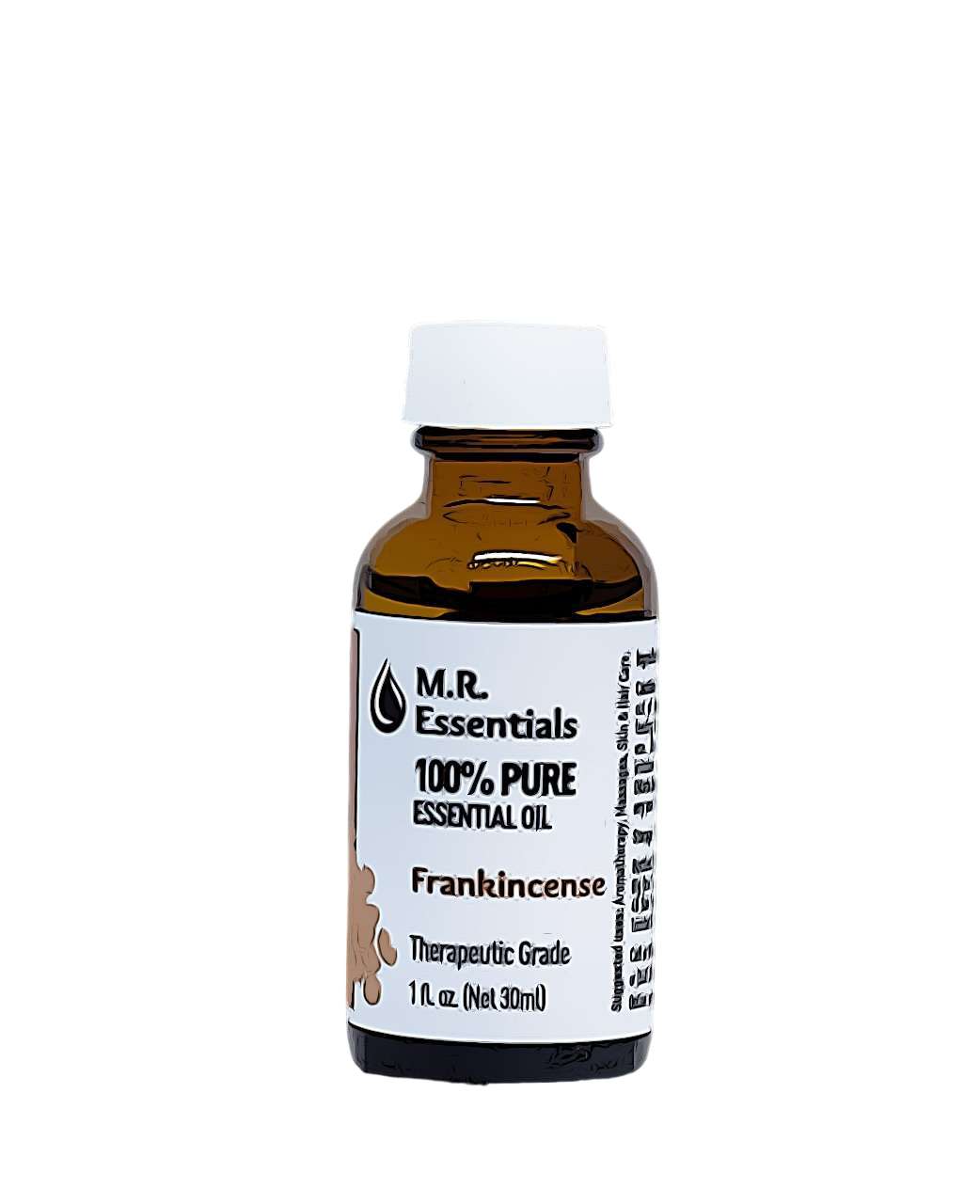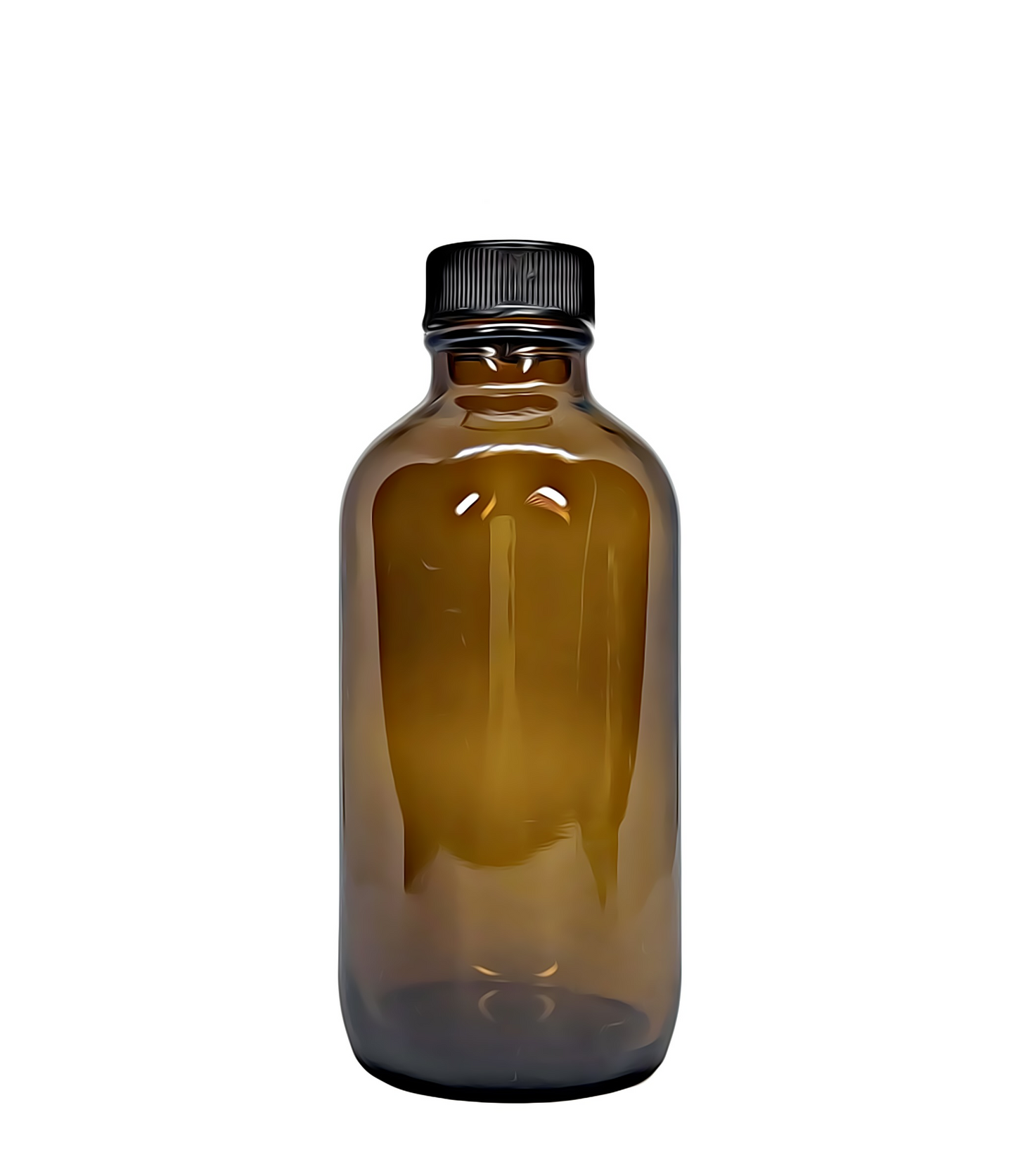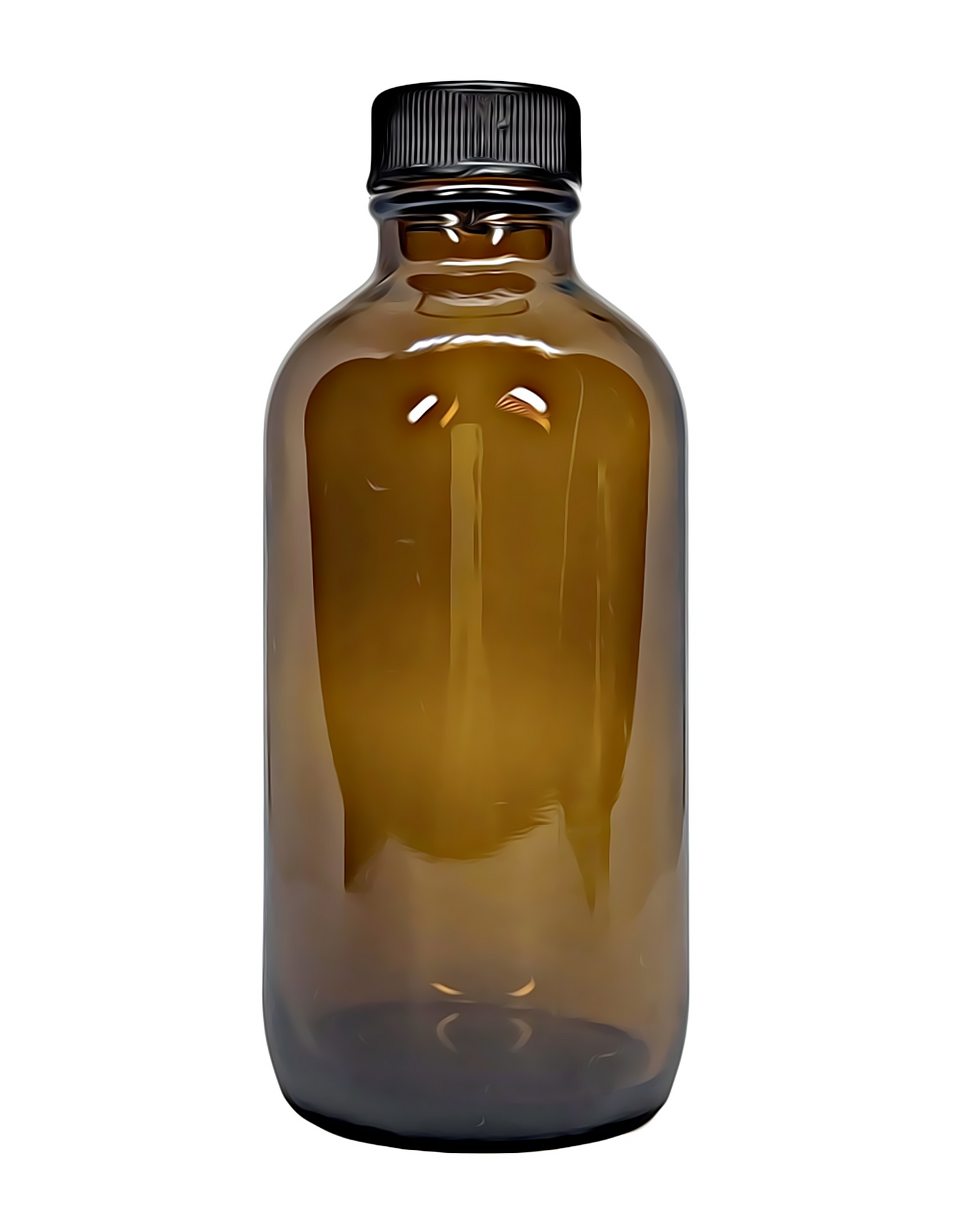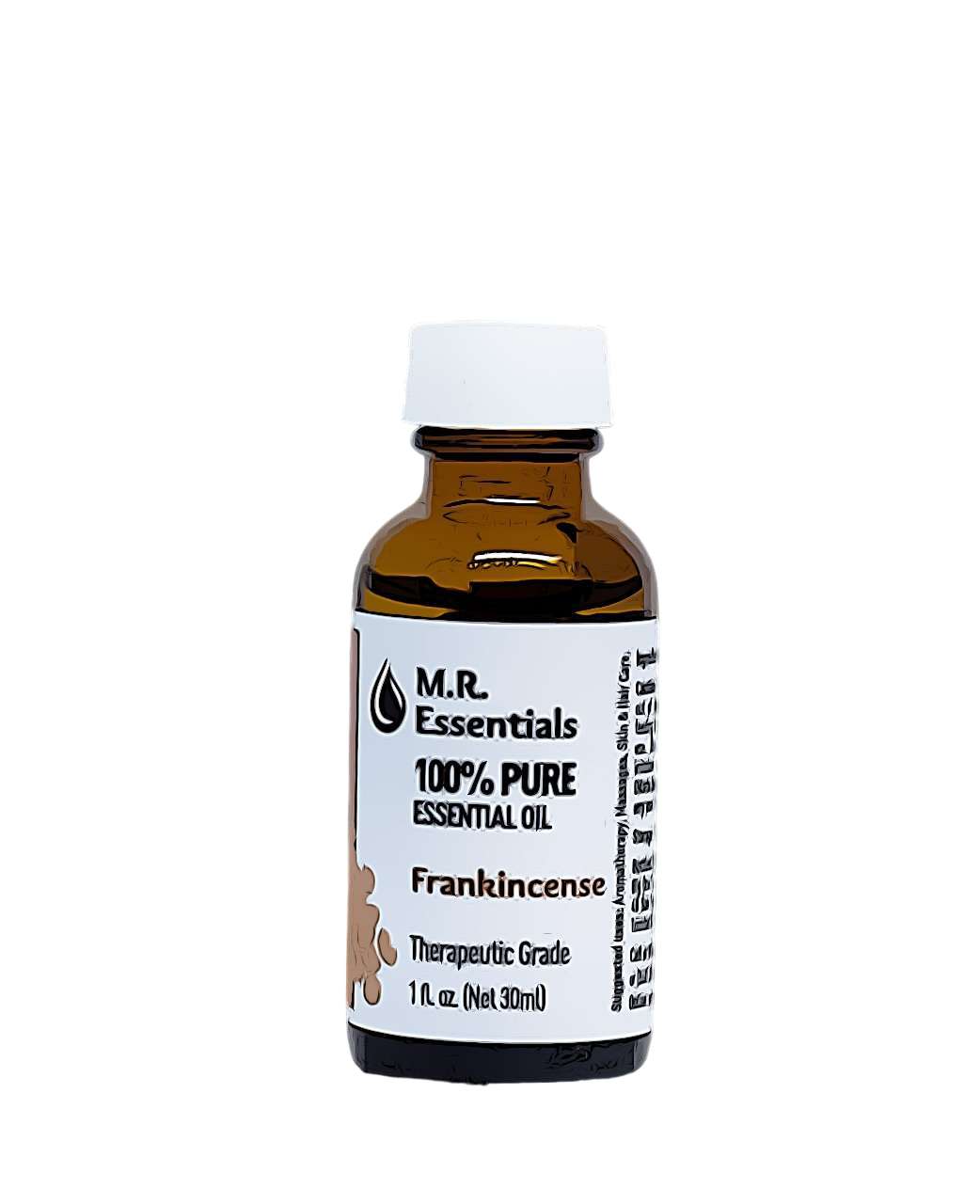MR Essentials
Frankincense Essential Oil (Boswellia serrata)
Frankincense Essential Oil (Boswellia serrata)
Couldn't load pickup availability
*The statements below have not been evaluated by the Food and Drug Administration. This product is not intended to diagnose, treat, cure, or prevent any disease.
Share
Product Details
Product Details
Method of Extraction: Hydro Distillation
Plant Part Used: Resin.
Color: Light Yellow.
Consistency: Thin.
Aromatic Description
Aromatic Description
Perfumery Note: Base.
Strength of Initial Aroma: Mild – Medium.
Aromatic Description: Fresh, woody, balsamic, slightly spicy and fruity.
Suggested Uses
Suggested Uses
• Anxiety.
• Asthma.
• Bronchitis.
• Extreme Coughing.
• Scars.
• Stress.
• Stretch Marks.
Source: Julia Lawless, The Illustrated Encyclopedia of Essential Oils (Rockport, MA: Element Books, 1995), 96-97.
There is a great deal of risky and inaccurate information being propagated about the applications of Frankincense Essential Oil in cancer treatment and prevention. For more information, read Frankincense Oil and Cancer in Perspective by essential oil expert Robert Tisserand.
When researching the applications of Frankincense Essential Oil, it's important to be sure that you are verifying the applications for the actual essential oil from reputable sources. Some sources mistakenly confuse the benefits of the essential oil with those of the infused oil or pure resin.
Dilution Guideline
Dilution Guideline
Adults: Usually, a 2-3% dilution is suitable, about 12-18 drops of essential oil per ounce of carrier oil.
Children (5-10), Frail Elderly, Sensitive Skin: A lower dilution of 1% or less (6 drops per ounce).
Facial or Sensitive Areas: Use a 0.5-1% dilution (3-6 drops per ounce).
Acute or Short-Term Use: For resolving a specific issue, a marginally higher dilution can be used for a period of 2-3 weeks as necessary.
Major Constituents
Major Constituents
a-Pinene. a-Phellandrene. (+)-Limonene. B-Myrcene. B-Pinene. B-Caryophyllene. p-Cymene. Terpinen-4-ol. Verbenone. Sabinene. Linalool.
Source: L. Hall, Chemotaxonomical Investigation of Frankincense Producing Boswellia spp. from Somalia and a Quest for Quality Standards. (Thesis. University of Strathclyde, 2000). Source cited in Robert Tisserand and Rodney Young, Essential Oil Safety (Second Edition. United Kingdom: Churchill Livingstone Elsevier, 2014), 287-288.
Safety Information
Safety Information
Tisserand and Young precaution to avoid use of the oil if it has oxidized. Skin sensitization is more likely when using oxidized Frankincense Oil.
Reading Tisserand and Young's full profile is recommended. [Robert Tisserand and Rodney Young, Essential Oil Safety (Second Edition. United Kingdom: Churchill Livingstone Elsevier, 2014), 287-289.]
